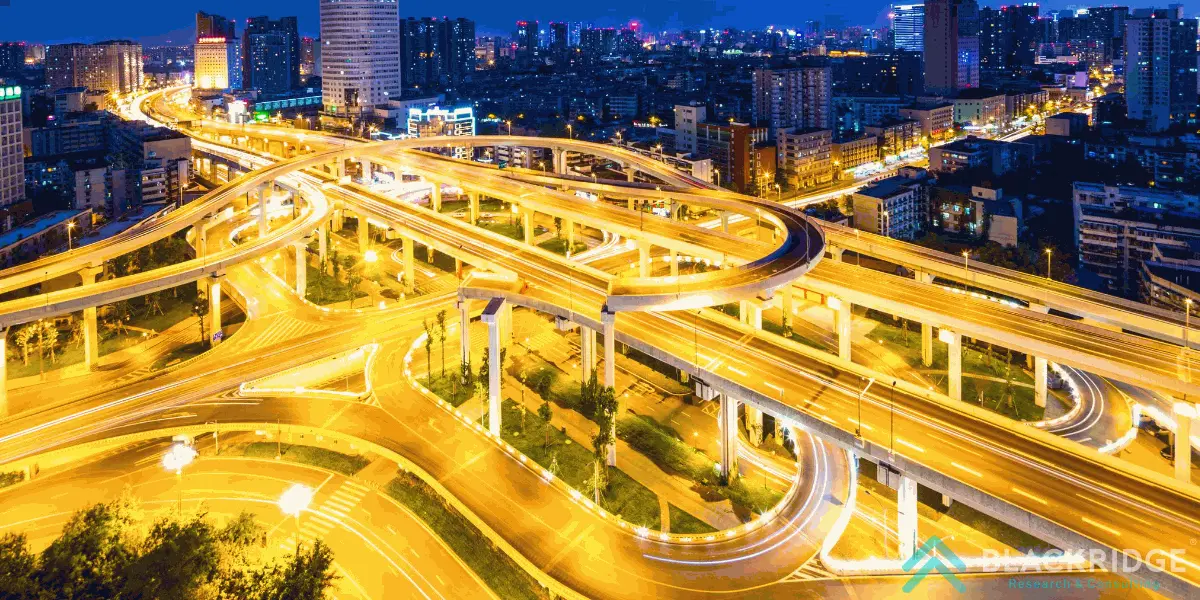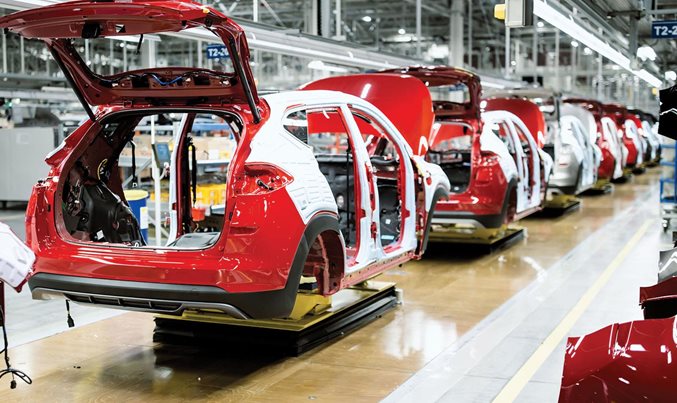
1st February is the date that sets the milestone for the rest year. This is extremely important as companies in various sectors get a plan as to how to proceed with the year’s operations. Infrastructure the backbone of the country is also heavily dependent on what decisions are taken by the Finance Ministry regarding the sector.
This year there have been a lot of introductions of new measures taken for the infrastructure sector.
Namely,
- The infrastructure development fund is increased by 33% to ₹10 lakh crore.
- Capital Expenditure for Railways has been set at a record high of ₹2.4lakh crore
- An Urban Infrastructure Development Fund will be set up by the government which will have a yearly allocation of ₹10,000 crores
- Pradhan Mantri Awas Yojana for Affordable Housing has got its outlay raised by 66% to ₹79,000 crores
- 50 new airports and heliports are going to be constructed.
- Investment of ₹75,000 crores, including ₹15,000 crores from private sources, for one hundred critical transport infrastructure projects, for last and first-mile connectivity for ports, coal, steel, fertilizer, and food grains sectors.
- New Infrastructure Finance Secretariat is established to enhance opportunities for private investment in infrastructure.
Let us analyze the benefits and disadvantages that the increased capex on infrastructure brings.
On the face of it, the increased capex should be a welcome move. The biggest advantage that it gives is the multiplier effect, the concept of macroeconomics that is quintessential for the GDP. Any government spending especially infrastructure would be a stimulus to a stagnant GDP. Moreover, if we were to see the equity market before the Budget and after, the share prices of companies such as ACC, and Adani Ports were trading at a high. This indicated market sentiment toward the announcements. This infusion will also cause job opportunities to rise as well.
Other than the direct capital investments, there is also a provision made for the creation of capital assets through Grants-in-Aid to states. The effective capital expenditure of the Centre is budgeted at ₹13.7 lakh crore, which will be 4.5 percent of GDP. The Finance Minister also proposed to continue the 50-year interest-free loan to state governments for one more year to spur investment in infrastructure and to incentivize them for complementary policy actions, with a significantly enhanced outlay of ₹1.3 lakh crore.
Another benefit is that tour and travel industry, and hospitality industry which was getting back up gradually from Covid-19 will get a much-needed boost, thanks to the new airports and heliports being built. Inter-connectivity between states will also benefit through this measure.
But the most important factor that needs to be taken into consideration is the real estate industry. While affordable housing has become one of the important pillars of the budget, we must also take into consideration the tax implications. Buying houses will become cheaper, but if citizens follow the new tax regime, then having income to buy these houses might become dicey. The Centre needs to take a step back and evaluate how their new regime that emulates the West could affect the positive changes brought about in the infrastructure sector.
Our exports and imports are also going to undergo a change thanks to the ₹75000 crores infusion into quintessential sectors such as ports, coal, steel, fertilizer, and food grain. Part of this is going to be funded by companies that already exist in these spaces.
While all of the measures that have been announced is beneficial we should remember that infrastructure projects have long gestation periods. If the country does not have any projects to take off in the beginning of the financial year, then it would cause the capex to be unused and redundant. The multiplier effect that would be a benefit, would exaggerate the economic cycles rather than soothing it. Furthermore, many of the infrastructure projects have a precedence where they are a stimulus when spent on regional economic development. According to certain studies when stimulus spending is done on infrastructure, there is mostly influence from political and electoral considerations.
Thus we need to be wary of these announcements that have been made and ask the necessary questions?
- While infra capex has been increased, where specifically is it going to be spent?
- What are the projects that would be undertaken and by whom?
- How is the distribution of the capex going to be done?
While the budget is just an indicator of what is to come, we need to wait patiently for further clarifications on these subjects and not make any hasty decisions and considerations.
-TJEF Editor
Denver Roberts
















Leave a comment